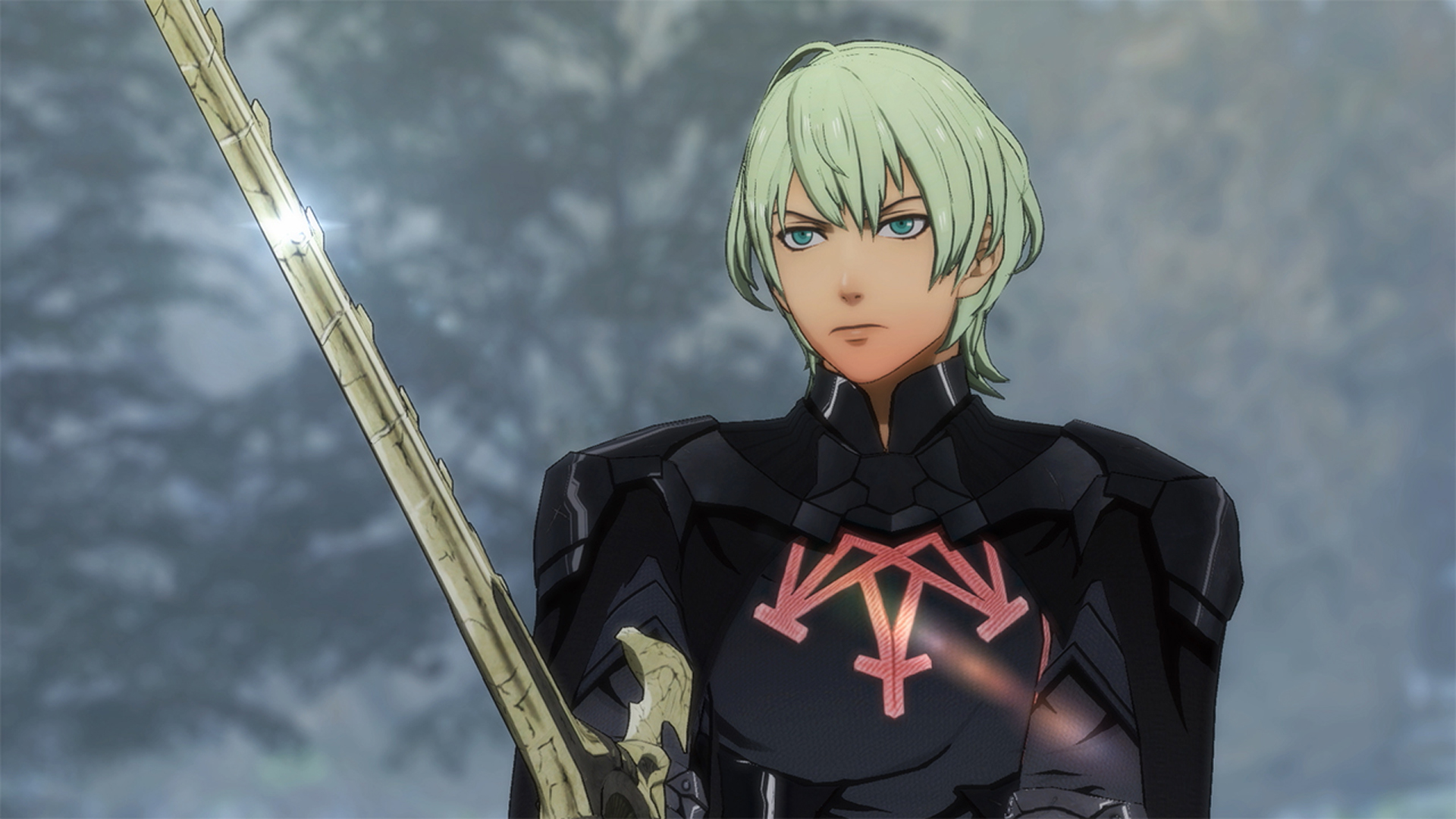Why Fire Emblem: Three Houses' five-year gap is its smartest storytelling decision
Three Houses makes a persuasive case for more developers to consider using time skips

This feature contains light spoilers for Fire Emblem: Three Houses, including small details regarding its time skip and our experience with members of the Blue Lions house.
That Fire Emblem: Three Houses features a time skip, marking a clear point of divergence at the campaign's halfway mark, is something of an open secret – but we'll skip over the precise details all the same. Either way, it solves the game's biggest potential problem: support conversations won't progress beyond B-rank until the second half of the game, which makes the notion of shacking up with your former students a good deal less troublesome. Then again, there's more of a focus on friendship and camaraderie than romance – in the first half, at least. You can ship your favourite couples, but you'll have to wait a while.
But its impact stretches far beyond that. Previous Fire Emblems have toyed with time, as a way of letting children fight alongside their parents. But these characters felt like little more than a vector through which to reward the player's matchmaking efforts. The five-year gap in Fire Emblem: Three Houses, on the other hand, carries a greater emotional weight, reflected in the impact on its characters.
One of which is Garreg Mach Monastery itself. Fire Emblem: Three houses don't necessarily make a home, but it's a place you get to know pretty well over the course of the first 20 hours. And then, suddenly, it changes. Beyond the huge pile of rubble and the cracked pillars in the cathedral area, there's not a whole lot of visible difference in the structure itself; the sky shifting from a vibrant blue to a sickly yellow-grey colour is a more immediately noticeable effect. But explore further, and the sense of loss and absence is palpable.
There's no stopping time

"Three Houses makes a persuasive case for more developers to consider the time gap instead"
Gone is the bustle of five years earlier. The home rooms of your rivals are conspicuously empty, while you can almost hear the wind whistling around the corridor where all the second- floor dormitories sit unoccupied. Your classroom, meanwhile, has been transformed into something more like a war room: the rows of desks have been arranged in a rectangle, around which your friends and allies solemnly sit. With the first half giving you so much input into both the school curriculum and your own schedule, here is a sobering reminder that there are some things you can't control.
Another comes when you meet up with your former pupils. Here, you can see both how they've been shaped by your teaching and how they've forged their own path independently since. A contrived but stirring reunion scene in the Blue Lions' path, for example, gives you the opportunity to chat to other units on the battlefield (hardly a new thing for Fire Emblem, but less common here) as your former pupils arrive one by one. Some now belong to different character classes, while others have developed new skills in the intervening period. All of them have new looks and hairstyles. They're still youthful, but have visibly matured; emotionally, too, as you'll discover when you engage them in conversation away from the front line.
But you'll see the difference in action as well – and if ever there was an excuse to leave those battle animations on, here it is. Take Dimitri's first battle following the skip: the Blue Lions' leader was once neat and precise in his movements. Now, there's a newfound callousness evident in the ferocity of his attacks. There's still a certain degree of style in the way he pokes his spear into the ground to vault over a tomahawk – accompanied by a contemptuous "Too slow!" – but even if you skipped the dialogue exchanges it would be clear he's a changed man.
Sign up to the GamesRadar+ Newsletter
Weekly digests, tales from the communities you love, and more
Whether their experiences have made them more confident combatants, or, in Dimitri's case, a vengeance-fuelled shell of a man, it's affecting stuff – all the more so for having given us the chance to see the people they were, before asking us to get to know the people they've become. It may be the year of the video game time loop, but Fire Emblem: Three Houses makes a persuasive case for more developers to consider the time gap instead.
This feature first appeared in EDGE. For more excellent articles like the one you've just read, why not subscribe to the print or digital edition of EDGE Magazine at MyFavouriteMagazines.
Edge magazine was launched in 1993 with a mission to dig deep into the inner workings of the international videogame industry, quickly building a reputation for next-level analysis, features, interviews and reviews that holds fast nearly 30 years on.



